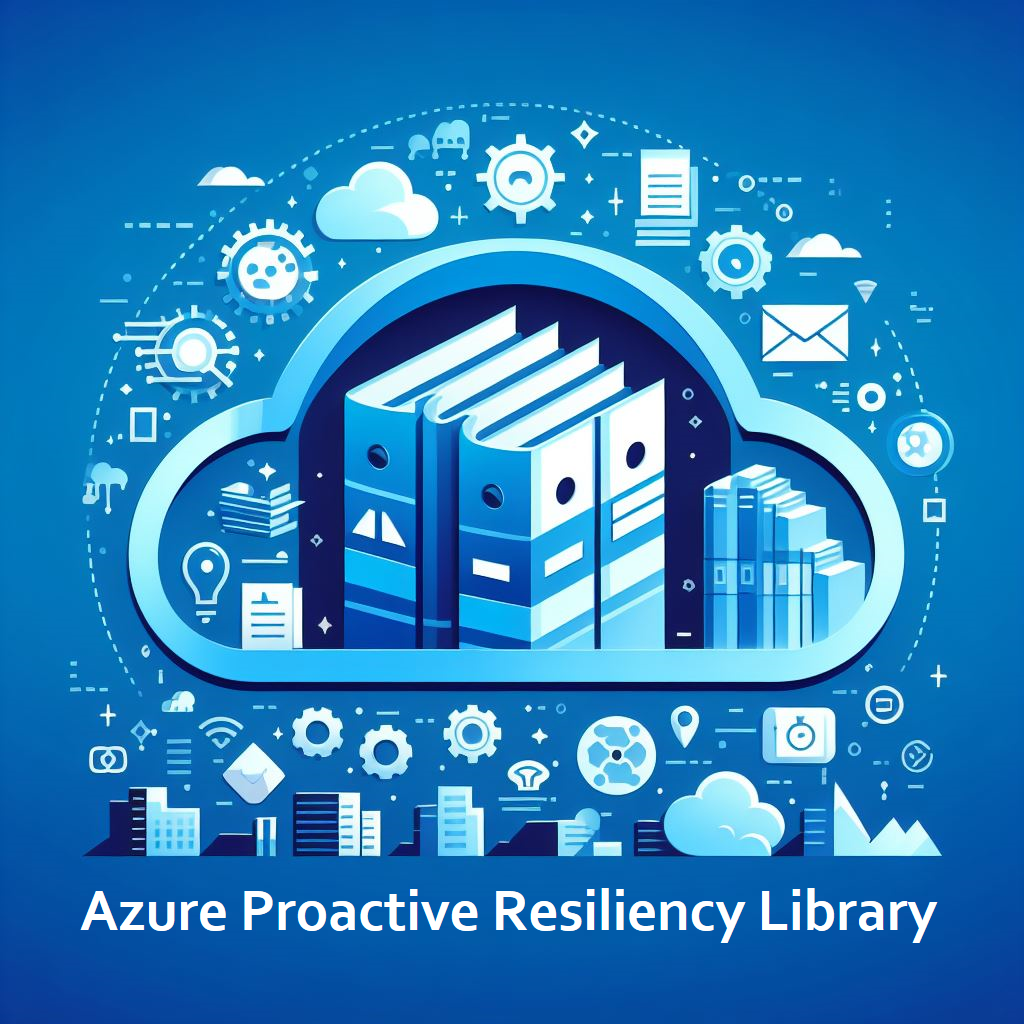virtualNetworks
Summary
Details
Enable Virtual Network Flow Logs
Impact: Medium Category: Monitoring and Alerting
APRL GUID: 06b77be9-56a3-4d41-b362-8b295c5a283d
Advisor GUID: n/a
Description:
Improves monitoring and security for Azure and Hybrid connectivity
Potential Benefits:
Improves monitoring and security for Azure connectivity
Learn More:
ARG Query:
Click the Azure Resource Graph tab to view the query
// Azure Resource Graph Query
// This query will return all Vnets missing Flow Logs configuration
resources
| where type =~ "Microsoft.Network/virtualNetworks"
| extend vnetId = tolower(tostring(id)),vnetName = name,vnetTags = tags,vnetLocation = location
| join kind = leftouter (
resources
| where type =~ "microsoft.network/networkwatchers/flowlogs"
| extend flowLogType = iff(
properties.targetResourceId contains "Microsoft.Network/virtualNetworks",
'Virtual network',
'Virtual network'
)
| extend flowLogTargetVnet = tolower(properties.targetResourceId)
) on $left.vnetId == $right.flowLogTargetVnet
| where strlen(flowLogTargetVnet) == 0
| project recommendationId = "06b77be9-56a3-4d41-b362-8b295c5a283d",name=vnetName,id=vnetId,tags,param1 = "Missing Vnet Flow Log configuration"
